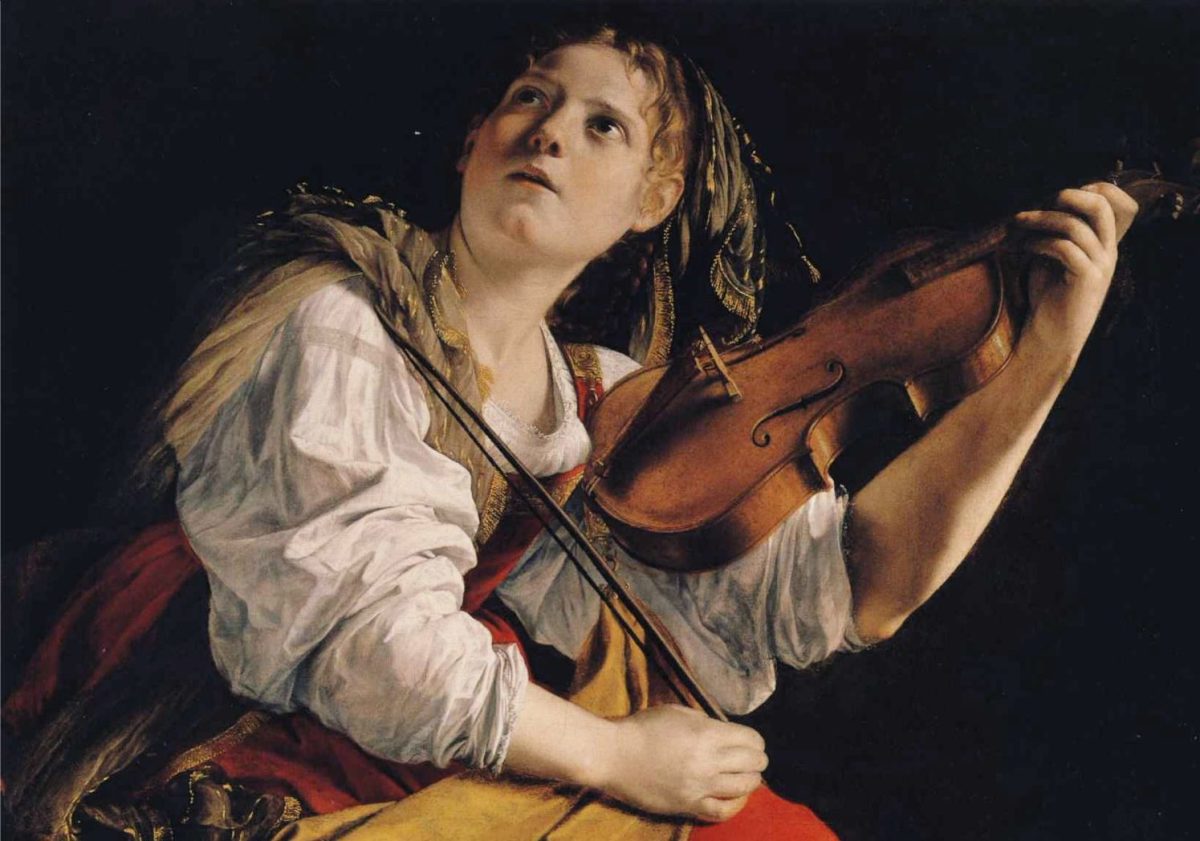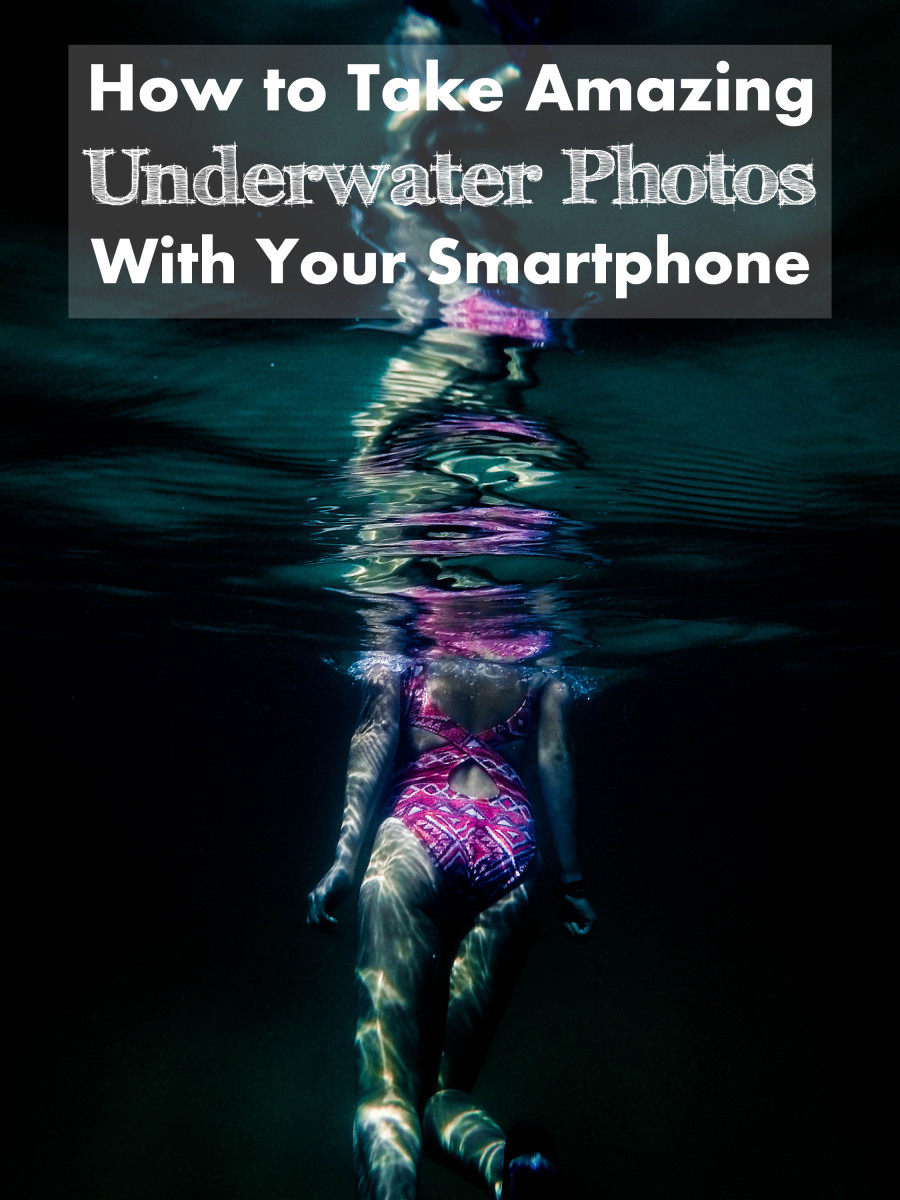- HubPages»
- Arts and Design»
- Photography»
- Photography Instruction & How-Tos
Glossary of Useful Photographic Terms
Glossary of Useful Photographic Terms
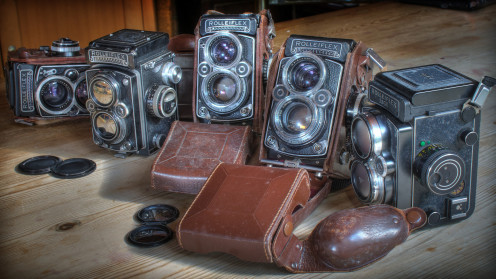
In any art form as it's true with most labors that require some technical know how, there are bound to be a host of terms that those who are involved in it regularly use.
It is always useful to be aware of what they stand for as knowing this terminology can expand your horizon as you begin to understand the concept behind each term. Here is a list of many of the most commonly used ones as well as some tips relating to them.
- Photography –To draw with light. So in essence photography is the art making a drawing by using light.
- Automatic- letting the camera set everything for you. Sometimes called the idiots mode.
- Aperture – Opening in the lens through which light passes to the film or digital sensor. Measured or called f-stops.
- AV-Canon's name for letting the photographer set the aperture while the camera sets the shutter speed.
- TV-Canon's name for shutter priority where the photographer chooses the shutter speed while the camera picks the aperture.
- Manual- the setting where the photographer sets everything manually; the aperture, the shutter speed.
- Bracketing – Taking several images at different exposures, usually in difficult lighting situations where you may want to have a range of exposures from light to dark so judge which image is best.
- Bulb – Usually shown as a “B”. This is where the shutter remains open as long as the button is pressed. Best to use a mechanical shutter release mechanism when using it as well as placing your gear on a tripod.
- D.S.L.R – Digital single lens reflex camera. Usually used for cameras where you have the ability of interchanging lenses.
- S.L.R- A camera which uses film and where you can change lenses.
- EV – Exposure Value is a setting that represents the various different combinations of aperture and shutter speed that can create the same exposure effect.
- Exposure compensation – Meaning to override the shutter aperture combination recommended by the camera and setting your own combination manually.
- Exposure – Amount of light reaching the digital sensor or the film.
- F-stop – Aperture opening in the lens defined by dividing the focal length of the lens by the aperture diameter. Keep in mind that each number is double the amount of light as the one before it.
- ISO (used to be ASA in the US ) – International Standards Organization and represents the sensitivity of your camera’s digital sensor to light. The lower the number , the less sensitive, the higher the number the more sensitive. Useful when facing lighting conditions that are extreme like too dark or too bright. Keep in mind that the larger the ISO number,the more grain that will show on your photographs as you enlarge them.
- Shutter speed – Time the shutter is opened during an exposure. Tip: always use a shutter speed that is as close to the focal length of your lens as possible. Example is to use a speed of 500 for a 500mm lens.
- Zoom lens – Lens that have variable focal lengths such like 80mm to 200mm.
- Prime or fixed lens – Lens that is a set focal length such as a 50mm.
- Remote Shutter trigger – Mechanism that lets the photographer take the photograph without actually touching the shutter.
- Macro lens – Lens that focuses very close to the subject, almost to life size or a ratio of 1:1 or larger.
- Regular/Normal lens - Generally a 50mm lens which is considered to be as close to what the human eyes sees.
- Telephoto lens – Any lens that is longer than a normal lens.
- Wide angle lens – Lens that shows a wider field of view than a normal lens. Usually gives a slightly distorted view of the scene.
- Tilt shift lens – a lens that can be tilted and allows for realignment of the plane of focus. Popular for architectural photography.
- Camera resolution – The number of megapixels of the camera’s sensor. Usually the larger the number; 12MP to 20MP, the larger the prints that can be made without losing quality.
- Camera modes – Settings on the camera; manual. automatic etc.
- Ambient light – The available light without the photographer adding any extra light source.
- Main light- The main light source used to illuminate a scene.
- Fill light- Light source that is secondary to the mail light. It is used to “fill” in the shadows to a desired degree. It can be produced by using a flash, a reflector, or a studio strobe.
- Lighting pattern-Pattern of lights and shadows that are created whether naturally or artificially.
- Speed-light- Portable flash unit. Usually refers to the unit which is placed on the camera's hot shoe ( on top of the camera).
- Reflector – Device used to reflect light back unto the subject. It could be as simple as a white piece of cardboard or a metal colored piece of plastic.
- Light meter – Device that measures the amount of light in a scene. Most cameras have built in ones.
- Remote flash trigger - Device used to fire a flash unit.
- Hard light - Light that has not been diffused so it can create harsh shadows.An example would be bright sunlight.
- Soft light – Diffused light. Best light to use for portraits and most other photography styles.
- Flash sync - Synchronization of the firing of a flash unit and the shutter speed so that both occur at the same time.
- Depth of Field- Distance between the nearest and farthest objects in your scene that appear in focus.
- Hyperfocal distance – Focus distance providing the the maximum amount of depth of field. Useful when there are elements in a scene that you want in focus and are at various distances from each other as they relate to the front of the lens.
- Gobo/GoBetween – Any object used to block unwanted light from reaching the subject.
- Shutter lag – Delay from the time you press the shutter button to the time it actually fires and opens. Most modern Digital cameras have a very slight delay which is hardly noticeable in the final image.
- Chromatic aberration – When a lens fails to focus all colors in the light spectrum in the same point on the scene.
- Camera shake – Blurry image resulting from using a shutter speed that is too slow for the scene.
- Lens flare – When lights enters the front of the lens and bounces inside of it causing a hazy look in the photographs.
- Kelvin – The color temperature. Usually marked by a "K" and the same in many lights/bulbs.
- ND filter – Neutral density filter. Useful in eliminating glare from water or the sky thus making subjects like a blue sky look bluer.
- Panning –Moving the camera in the same direction as a moving subject, during the exposure to create a blurred background but maintaining the subject rather clearly in focus.
- Back-light- Light illuminating the subject from behind.Useful for creating silhouettes.
- Front light-Light illuminating the subject from its front.
- Sidelight- Light illuminating the subject from a side. Best for capturing texture and details.
- Stopping down – closing down the aperture or f-stop to a smaller opening.
- TTL – Through the lens metering referring to the internal camera's meter.
- Glass – Common name when referring to a lens.
- Golden hour – The hour before sunset or right after sunrise. Most professional photographers do the majority of their work at these times because the light is diffused by the atmospherics.
- Dust bunnies – Spots that show on the final image usually caused by dust that has adhered to the lens.
- Wide open – Using your lens with the aperture at the widest setting. Usually meaning the lowest number on the lens. The lower the number (16) the smaller the aperture.
- RAW- For digital photography; it's the format that retains all the information from the scene, while a JPEG is a compressed file that only has half the information of a RAW file.
- Positives- for film photography; it's a format that shows colors much better than a negative since it's a first generation film, instead of a second like negatives. The preferred choice for commercial printing, although digital is fast becoming the medium of choice due to the speed of getting from camera to client.
- Raw files-A digital camera's raw image file contains minimally processed data from the image sensor. You get the most details and colors but the image must still be processed.
- Image Sensor- is a digital device that detects and conveys the information that constitutes an image. It does so by converting light waves into electrical signals. In digital cameras it takes the place of film.
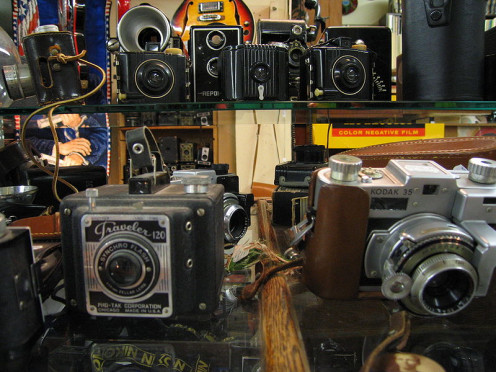
Is this helpful?
Other useful terms
- The Beginner's Guide to Photography Terminology
So you want to get into photography? Great! There are a couple of terms that everyone really needs to learn first before they get into this and beforehand. They are the most basic of terminology that is essential to photography.
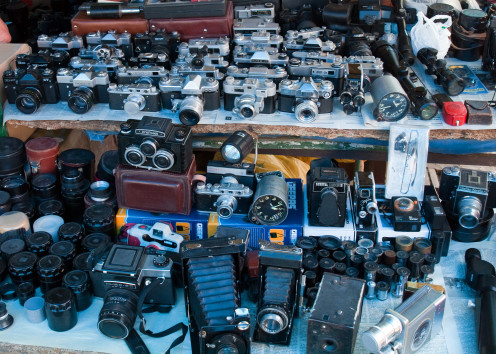
© 2013 Luis E Gonzalez

